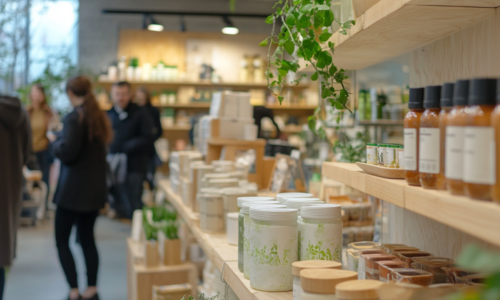
Doing things green is no longer optional: it’s a necessity. It is crucial to understand the importance of sustainability throughout your business life cycle. By including sustainable practices in your business environment, you contribute to creating a better planet. The key to sustainable design isn’t doing less; it’s doing more with less.
Here are a few important tips to create the best sustainability practices in your business:
Design Creation
Nature is an excellent designer, using only the necessary materials, before cycling waste into its next creation. Every flower comes from dirt and will return to dirt. This doesn’t diminish its value; it increases it. By making designs more thoughtful and functional, it’s possible to mimic nature’s efficiencies. At KIMBO, our creativity is not just shown visually through our graphic designs. We also strive to come up with conceptual design elements, giving our work added functionality, and making people think.
Materials Selection
Design is increasingly digital, but material selection for traditional designs is increasingly vital. Sustainable design materials don’t have the permanence of plastic, which fills landfills and oceans. By using materials that are easily recyclable or biodegradable, the sustainable design reduces the long-term impact of waste.
Recycle and Reuse
Once a design has served its purpose, it’s crucial for it to take one of two paths. The first is recycling. Recycling technology is becoming increasingly powerful leading to less landfill. The second route is towards another functional use. Whether it’s a tote bag, a poster or piece of art, or a homeware product, it can be reused.
Incorporate sustainable practices in your business to make an authentic commitment to the environment.



